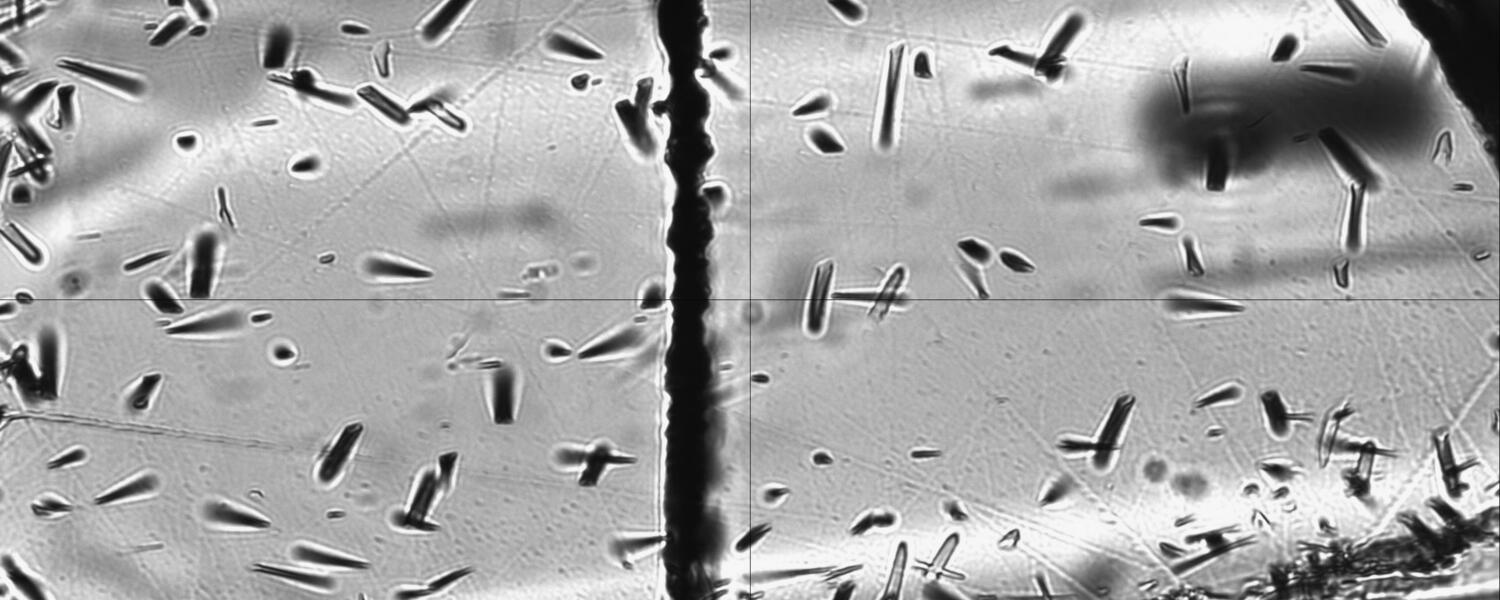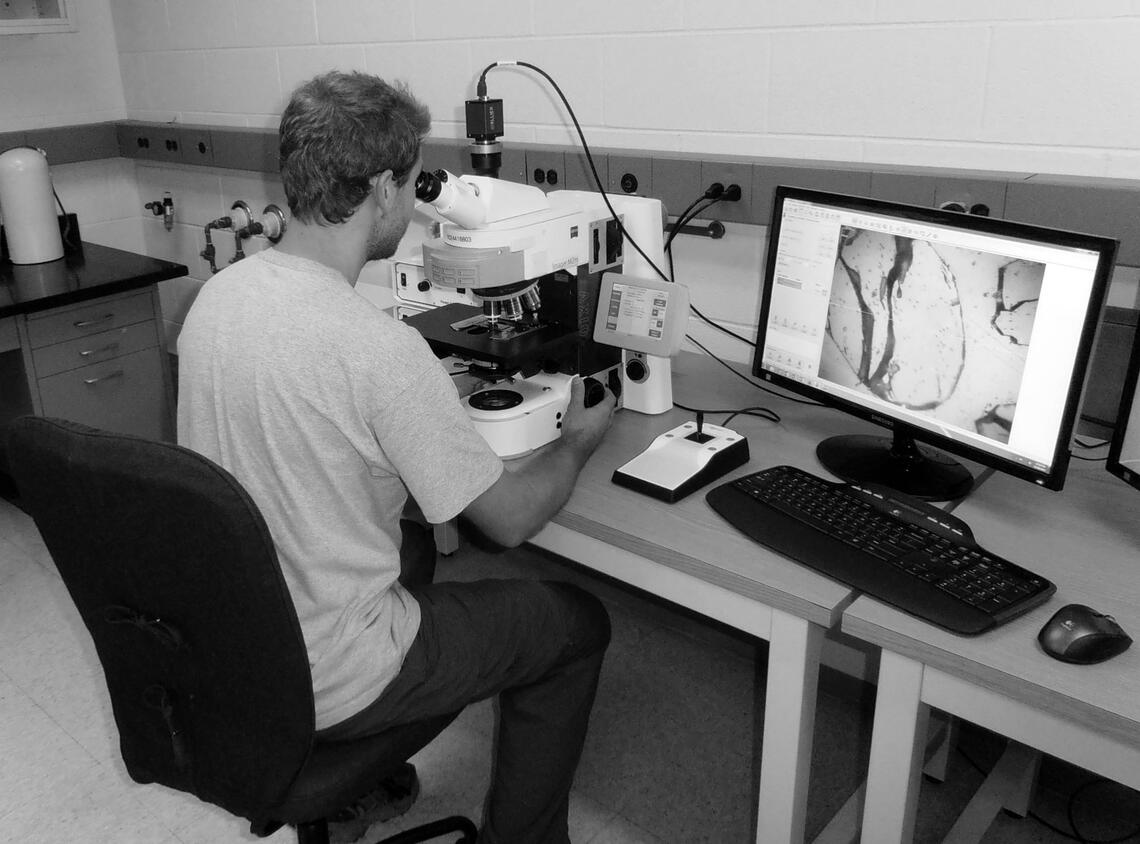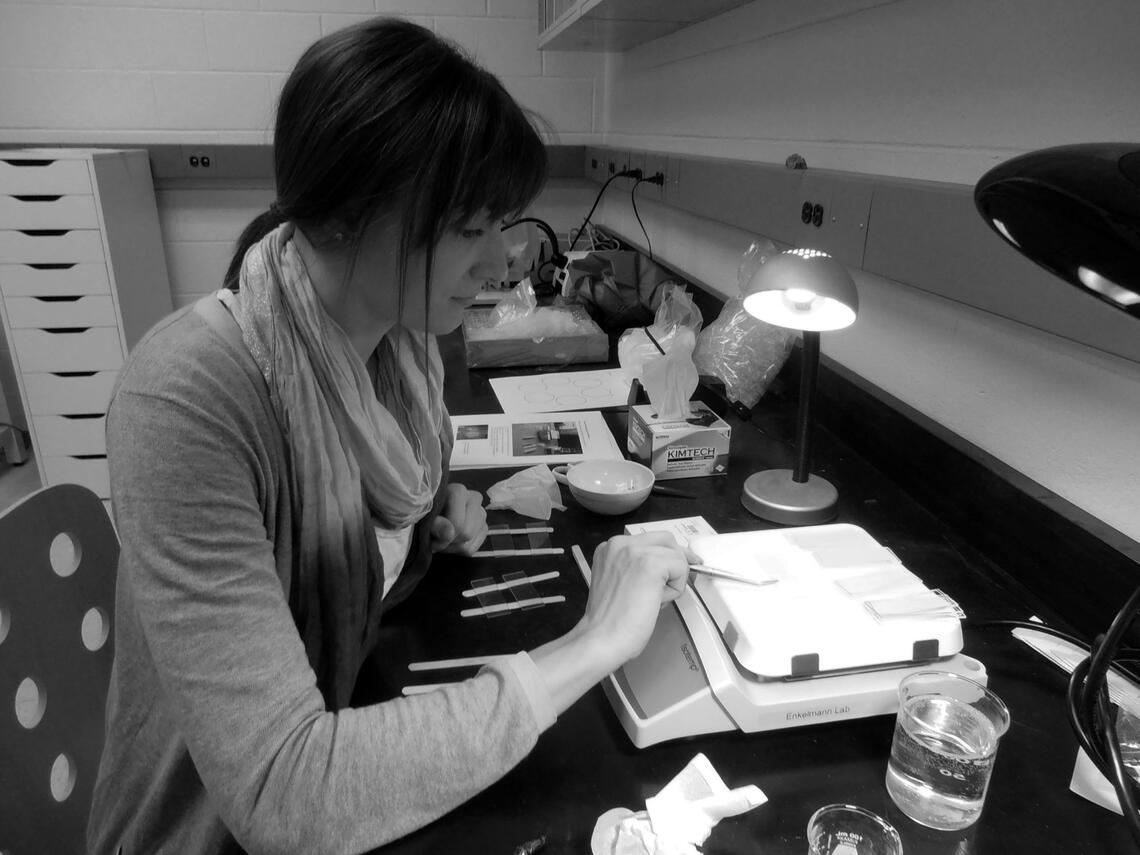
Fission Track Dating
A useful technique for investigating upper-crustal processes
Basics of Fission Track Dating
Fission track dating is based on the accumulation of crystal lattice defects (fission tracks) produced by the fission decay of the 238U isotope. The accumulation of fission tracks is temperature dependent and, like any crystal lattice defect, fission tracks are annealed at higher temperatures. Measurements of annealing kinetics indicate that the closure temperature, or the temperature below which tracks are not annealed, varies from ~250 °C to ~70 °C for the most commonly used minerals (apatite and zircon). This range is quite useful for studying many upper-crustal processes such as the timing and magnitude of fault displacements, erosional exhumation, and geothermal processes. Fission track data are commonly integrated with other thermochronology data and geological constrains in modeling software to determine time-temperature paths for a rock.
Methods for Fission Track Dating
Our lab uses two different techniques: the traditional external detector method (EDM) and the newer Laser Ablation (LA-FT) method. For both methods, minerals of interest are separated by standard mineral separation techniques and mounted in an appropriate medium, ground, and polished to expose the grain interiors. Fission tracks are too small to see using optical microscopy so the tracks are etched using either a strong acid (apatite) or a eutectic melt of strong bases (zircon). Spontaneous fission tracks are then counted using a high-power optical microscope. Quantification of parent isotope abundance in the sample, a necessary measurement to produce a fission track date, is different for each technique.
For EDM, the mounts are sandwiched together with a detector, normally a sheet of mica, and sent to a reactor where neutron bombardment induces the decay of additional 238U atoms in the samples. Some of these induced decays produce fission products that intersect the mica detector creating fission tracks. These tracks are etched using a strong acid and the induced tracks are counted. Integrating the number of spontaneous and induced tracks allows for the calculation of the fission track date. EDM is a more established method for FT dating, having been used since the earliest origins of the method.
For LA-FT, after counting the spontaneous tracks the mounts are loaded into an LA-ICP-MS with a variety of calibration reference materials. Parent isotope concentration is then measured for each grain during a ~35 s ablation. Correction for systematic measurement errors induced during measurement is accomplished through the simultaneous measurement of reference materials of known age (e.g., FCT, Durango apatite). LA-FT dating offers some advantages over the EDM method. This includes faster turnaround time with no need to send samples for irradiation, and the ability to simultaneously measure other isotopic systems (e.g., U-Pb) or trace-element concentrations to aid in modeling the results.

A fission track counting microscope and computer.

Making fission track mounts of zircon grains.
Eva Enkelmann
